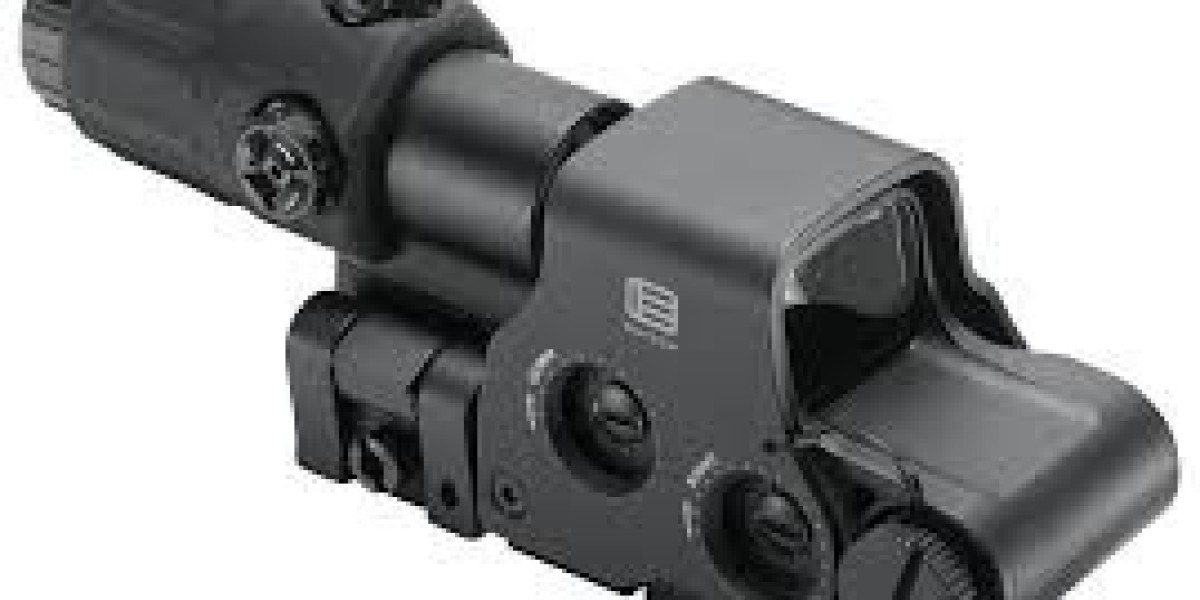A holographic sight is often praised for fast target acquisition, clear reticles, and superior accuracy compared to traditional sights. However, even advanced optics are not without flaws. Many shooters face challenges like battery dependence, parallax errors, or durability issues in rugged conditions.
Understanding these problems helps professionals and enthusiasts avoid costly mistakes and maintain precision during real-world use. This article highlights the most common issues with holographic sights and how the industry is addressing them.
How a Holographic Sight Works
Unlike red dot optics, a holographic sight projects a reticle pattern onto the viewing window using laser-based technology. This allows for faster target tracking, better performance in low light, and wider field of view. Still, the complexity of this system introduces unique problems that users should be aware of.
Common Problems with Holographic Sights
1. Battery Dependency
Holographic sights rely heavily on battery power. Extended use without backup power can leave shooters stranded, especially in tactical or outdoor situations.
2. Durability Concerns
Although designed for rugged environments, these sights are more fragile than iron sights. Impacts, water, or extreme temperature shifts can cause lens or circuit issues.
3. Weight and Bulk
Compared to simpler optics like red dots, holographic units are generally heavier. This added bulk can affect balance and handling, particularly in compact firearms.
4. Parallax and Reticle Clarity
While minimized, parallax errors can still occur. Additionally, under certain lighting conditions, the reticle may appear distorted or fuzzy.
Holographic Sight vs. Red Dot Sight
Red dot sights are simpler, lighter, and often more battery efficient, while holographic models provide faster engagement and superior accuracy under stress. However, this comes at the cost of complexity, higher price, and increased power needs.
For many, the holographic sight represents the best balance between precision and tactical functionality, but it demands proper care and power management.
Solutions and Innovations
Manufacturers are tackling these problems with:
Longer-lasting batteries and solar-assisted power options
Shock-resistant and waterproof housings for durability
Lighter designs using advanced alloys and composites
Improved reticle projection to minimize distortion and eye strain
These upgrades ensure that holographic sights remain a reliable choice for both professional and recreational use.
Conclusion
While a holographic sight delivers unmatched speed and precision, it also brings challenges—battery dependence, bulk, and durability concerns. Shooters should weigh these drawbacks against the advantages when choosing optics.
The future of holographic optics lies in lighter, stronger, and more efficient designs, bridging the gap between accuracy and practicality. For those willing to maintain and adapt, this sight remains one of the most effective aiming solutions available today.






